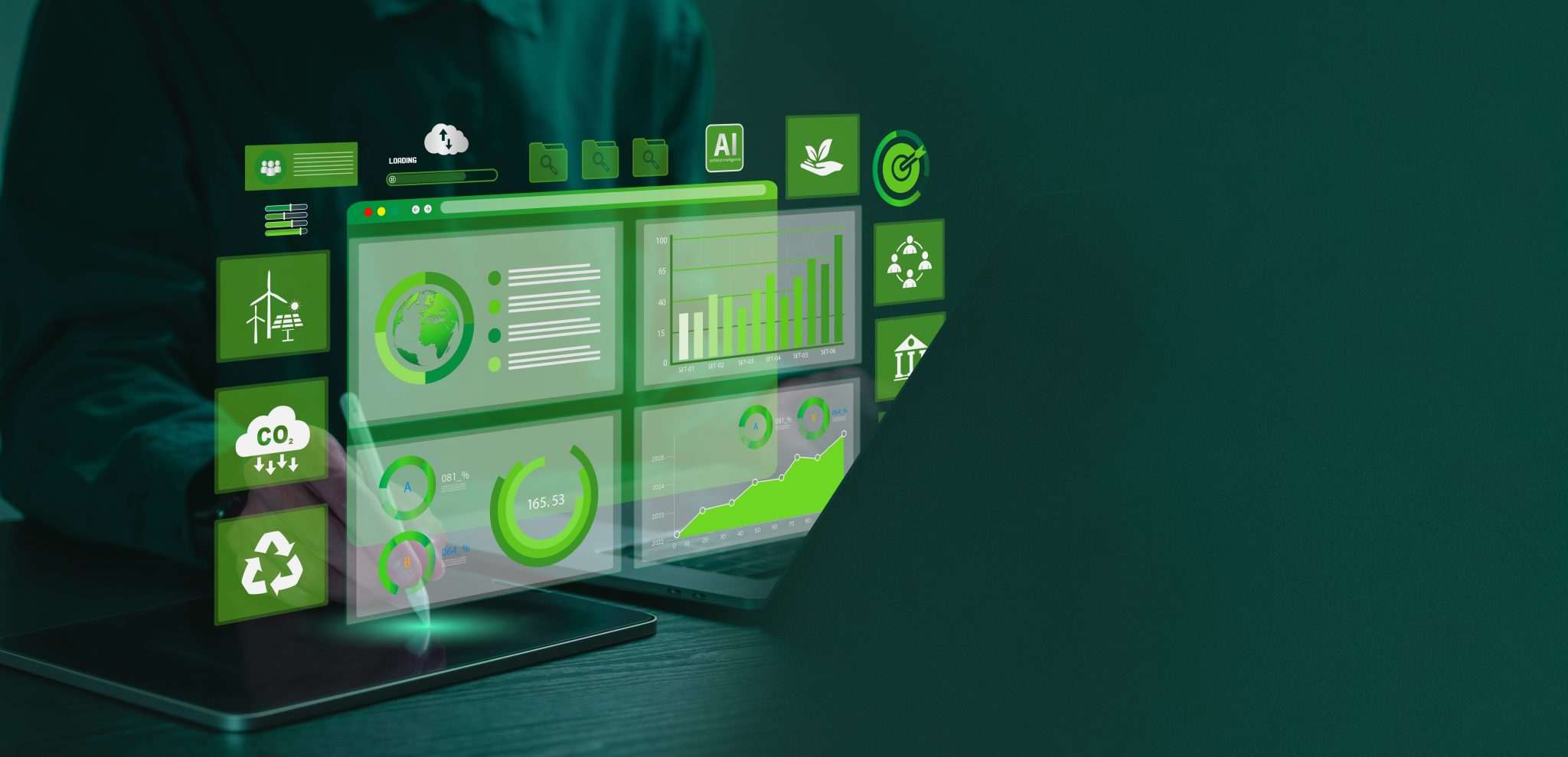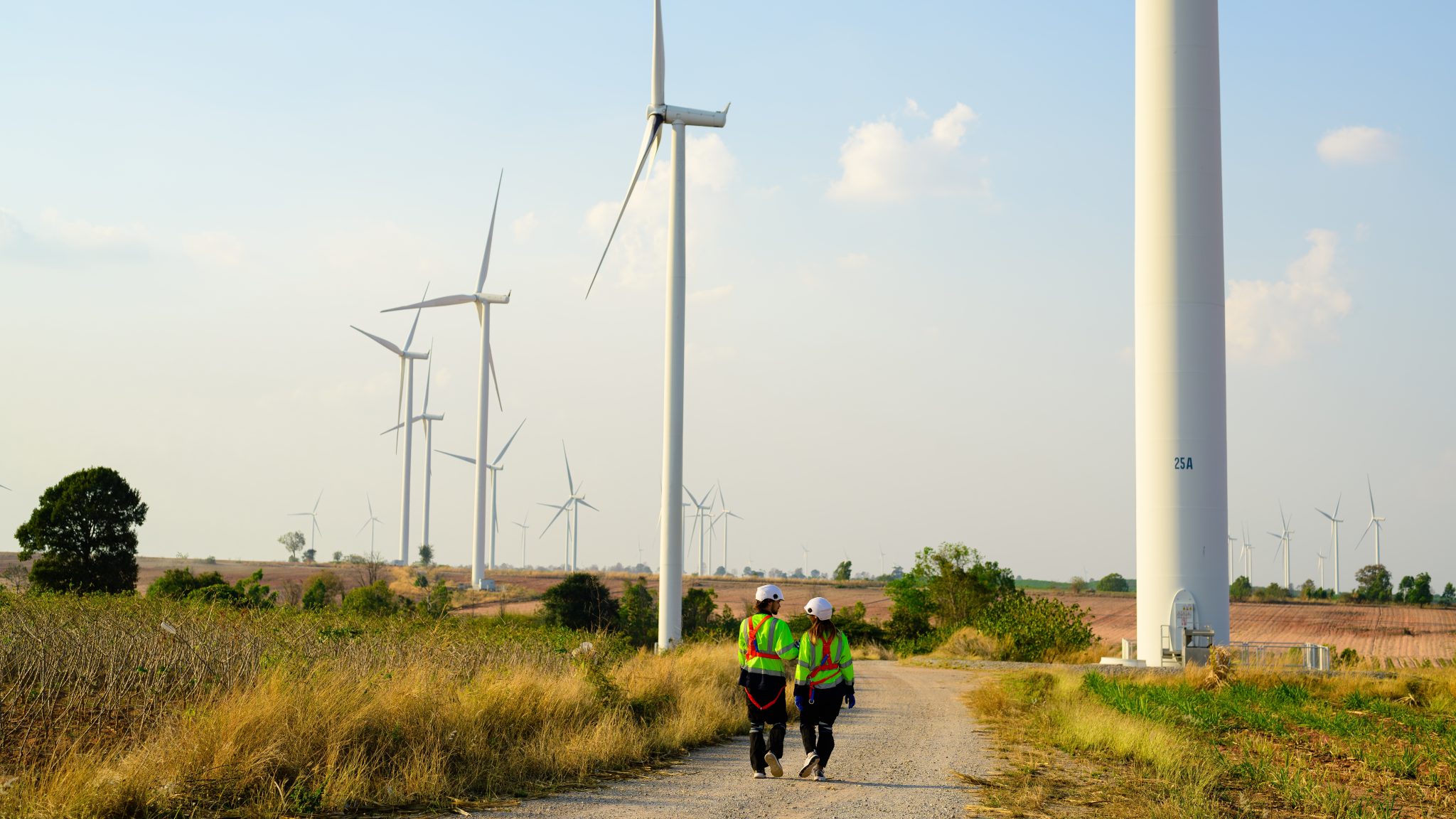If you’re a CFO for a mid-market business, you might want to put off carbon accounting for as long as you dare. It’s not that you don’t care about reducing emissions and staying accountable. It might simply be that your financial reporting team already has enough work on their plate.
But, as climate-related risks increase, carbon accounting is becoming less and less of a choice. Mid-market companies might not be affected by the UK’s SECR regulations to disclose their greenhouse gas emissions, yet. However, large companies are demanding it, and demand from the Task Force on Climate-Related Financial Disclosure (TCFD) is on the horizon.
“If you want to work with us, you have to disclose your carbon emissions”.
This is what many mid-market companies are seeing on tenders and supplier agreements in 2025.
For instance, organisations like the NHS require their suppliers to have Carbon Reduction Plans for Scope 1, 2, and 3 emissions, and similar measures will be in place for suppliers to companies in the EU that adhere to the European Union’s Corporate Sustainability Reporting Directive (CSRD).
It’s affecting more companies than you might think. The UK Business Climate Hub’s Net Zero Business Census revealed that 46% of businesses received requests for carbon data from customers and tender applications in the last year.
Despite that, the same census reveals only 33% of organisations have measured a full baseline carbon footprint that includes all Scope 1, 2, and 3 emissions, so there’s plenty of work to be done.
If you’re wondering how carbon accounting may affect your business’s accounting processes, get in touch with our team today.
Some quick definitions:
Scope 1 emissions: Emissions generated directly by an organisation, such as pollution created by a company’s goods vehicles.
Scope 2 emissions: Emissions generated to produce the energy an organisation uses directly, like electricity to run an office or factory.
Scope 3 emissions: Indirect emissions, or upstream emissions generated by a company’s supply chain or its employees in the process of delivering its products or services, such as commuter or business travel. Also includes downstream emissions, such as carbon generated due to a company product’s unrecyclable state.
Carbon accounting can be an advantage, not a burden
McKinsey published an article in October 2025 identifying the changed role of CFOs: managing carbon output and climate-related financial disclosure is now a key part of it. Environmental impact and financials may not seem immediate bedfellows, but the emissions produced by a company do have a cost.
The US Environmental Protection Agency estimated that the social cost of carbon is $190 per metric tonne. However, it’s not simply more work to be done for finance teams, since there are plenty of cross-pollinating advantages for the finance department when organisations take on Environmental and Social Governance (ESG) reporting.
To begin with, carbon accounting, and wider ESG reporting, can help reduce decarbonisation costs. Although almost every organisation is considering how to reduce emissions, not everyone is doing so with an equal level of insight and strategy. This is because greenhouse gas (GHG) accounting and reporting in the UK is not yet standardised for mid-market companies.
For large companies, however, the TCFD recommend the disclosure of “the organisation’s governance around climate-related risks and opportunities.” Despite the lack of greenhouse gas protocol, mid-market companies who have the resources to disclose carbon accounting may consider following the current large company guidance.
We have to acknowledge there’s a cost to reducing emissions. The UK Business Climate Hub reports that 59% of SMEs (as well as larger enterprises) cite financial constraints as a “significant barrier.” But CFOs with a clear view of an organisation’s emissions can help keep the focus where the impact will be felt most, and avoid investing in efforts that may not be worth the cost.
Not only that, the practice of carbon reporting/accounting will help win and keep clients and tenders that demand it, as well as investors and customers who simply want to be more mindful of their carbon footprint. You could say it’s an opportunity to join a rising tide that’s lifting all boats.
So why are organisations holding out on carbon accounting?
Many organisations are waiting to see what regulations come in over the next few years—it’s not clear what’s ahead. The U.K. Government was recently an object of concern for the Chartered Accountants of Scotland, who worried Westminster might weaken or throw out overdue corporate governance reforms.
That said, accountancy bodies are uniting to bring clarity to the situation, with the International Auditing and Assurance Standards Board (IAASB) and the International Ethics Standards Board for Accountants (IESBA) recently publishing standards and guidance for ESG reporting.
Standardisation is very welcome because carbon accounting isn’t an easy process even when you only pay attention to one framework. Ina Sebastian, a research scientist at MIT Sloan Center for Information Systems Research, said as much to TechTarget:
“It’s complicated because if you want to understand your company’s Scope 3 emissions, you have to track your emissions, but you also have to combine that with data from your suppliers and customers to get transparency across your value chain.”
Research conducted by Bath University also reinforces how this can be a severe administrative burden for financial reporting teams: “Organisations often indicate that engaging with verification processes, bodies and standards is costly, administratively challenging and time-consuming.”
Relief will come from carbon accounting technology
The good news is you can invest in carbon accounting without adding much more to your finance team’s task list.
With the right technology, you can bring automation into carbon accounting and traditional month-end or annual reports, all while integrating with other critical applications to make reporting easier for the entire organisation.
It’s also worth considering the scale of carbon accounting you will need to perform in the years to come. McKinsey argues that “asking which tool is right today is often the wrong question; instead, the objective should be to ensure the organisation has a solution and provider that can meet its needs over the longer term.”
If you have powerful enough accounting software, you’ll be able to get insights into different segments of your organisation and drill down to quickly find what matters. Whether you need to report Scope 3 emissions against the standards of the GHG Protocol or project what the environmental impact of your manufacturing division will be in three years’ time, following the correct reporting requirements for carbon accounting is much easier with the right BI tools.
Rithika Thomas, a sustainable technologies industry analyst at technology consultancy ABI Research, said in a conversation about carbon accounting software with TechTarget: “We see more companies in the future using it for reporting but also to analyse data in ways that allow them to take follow-up actions. That’s where companies will see value.”
Want to learn more about Xledger? Book a demo here or reach out to our Direct Sales Manager, Tom Whewell to discuss how finance software can support your financial and carbon accounting needs.
+44 (0)7442 911588



